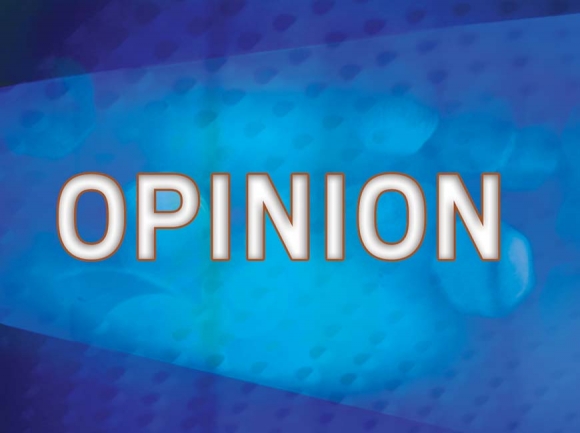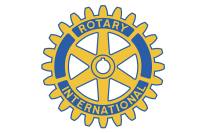Health care should not be about profits

To the Editor:
Have you a favorite president? I do, Harry S Truman (no period after the S). Truman was the first president I saw in person. In 1947 he campaigned from a caboose in my hometown (Haverhill, Massachusetts). It was after Labor Day, school had commenced, my third-grade class was at the railroad station to greet him.
Truman became president when Franklin Roosevelt died April 12, 1945, then won the presidency by defeating Thomas Dewey in 1947. One of Truman’s accomplishments, he made a sincere effort to introduce national health insurance.
Even in Harry Truman’s time (70 years ago) the deep-pocketed American Medical Association (AMA) opposed the program, wanting to protect physicians’ superior market power and professional autonomy. Then, as now, the AMA’s national network endeavored to stir up fear of “socialized medicine.” Opponents of universal coverage have relied on variations of that playbook ever since.
This is well-documented and you can verify these facts through study of William C. Hsiao, K.T. Li Professor of Economics Emeritus at Harvard University’s T.H. Chan School of Public Health. Hsiao most recently wrote on the subject for Foreign Affairs (Jan.-Feb. 2000).
Truman, JFK, Johnson, Nixon, Carter, H.W. Bush, Clinton and Obama all recognized the need of establishing effective, affordable health care. The fact remains, across the broad spectrum of health care, Americans pay more and get less .... Why?
The root of the problem (deferring to William Hsiao), as the United States became a prosperous, industrialized society in the early 20th century, it chose to treat health care as a commercial product rather than a social good, such as education. As a result, whereas government-mandated universal schooling was the norm by the 1920s, health care still remains primarily a private-sector commodity driven by the profit motive.
According to statistics (confirm them, please) 28 million Americans are uninsured and 44 more million are under-insured, contributing to an inequality in that the top quarter of American wage-earners live 10 years longer (on average) than the bottom quarter.
Finally, the flagrant fraud, waste and abuse driving up the price of health care, tens of billions of dollars in unnecessary spending year after year. Hsiao tells us that a cottage industry has sprung up to advise hospitals and physicians how to game the claims system by fragmenting bills and “upcoding services” — exaggerating their complexity — in order to maximize payments.
Large providers employ workers whose primary task is to find ways to pad charges. Some hospitals and clinics take a blunter approach: they simply file claims for services they’ve not actually performed. It’s been going on for decades.
Some of us have experienced and reported irregularities over the years with only minimal success. Unless public attitudes shift drastically, we’ll never achieve full and affordable health care.
However, should American values and urgencies change and we decide we’ve had enough scheming and scamming, we have only to look to Canada, Taiwan, Germany, and a few other nations for guidance with systems that work.
David L. Snell
Franklin





